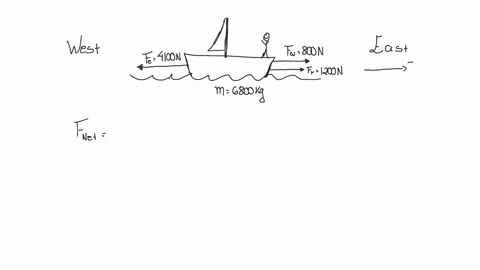
From this perspective, the forces of the child’s arms on the bag don’t cause the displacement, therefore no work is being done by the child. In this situation, the child applies a force upward on the bag, but the bag moves horizontally. In the final scenario, a child in a ghost costume carries a bag of Halloween candy across the yard. Even though she’s expending significant effort, no work is being done on the car because it isn’t moving. In the second scenario, a girl struggles to push her stalled car, but can’t make it move. Therefore, the expanding exhaust gas is doing work on the jet pack. Using Newton’s 3rd Law, you observe the reactionary force of the gas pushing the jet pack forward, causing a displacement. But what is doing the work? Hot expanding gases are pushed backward out of the jet pack. In this case, the jet pack is applying a force causing it to move. In the first scenario, a monkey in a jet pack blasts through the atmosphere, accelerating to higher and higher speeds. Let’s take a look at a few scenarios and investigate what work is being done. I’m sure you can think up countless examples of work being done, but a few that spring to mind include pushing a snowblower to clear the driveway, pulling a sled up a hill with a rope, stacking boxes of books from the floor onto a shelf, and throwing a baseball from the pitcher’s mound to home plate. But, right now, are you doing work? And what is meant by the word “work?” In physics terms, work is the process of moving an object by applying a force, or, more formally, work is the energy transferred by an external force exerted on an object or system that moves the object or system. In this chapter you’ll explore how energy is transferred and transformed, how doing work on an object changes its energy, and how quickly work can be done. When you do work on an object, you transfer energy from one object to another. The rate at which you do the work is your power output. You do work on an object when you move it. Work, energy and power are highly inter-related concepts that come up regularly in everyday life. Calculate a system’s elastic potential energy. Use Hooke’s Law to determine the elastic force on an object.

Analyze the relationship between work done on or by a system, and the energy gained or lost by that system. Apply conservation of energy to analyze energy transitions and transformations in a system.

Identify, describe, and calculate the potential energy of a system. Apply relationships between work, net force, displacement, velocity and kinetic energy to solve a variety of problems.

Define work and calculate the work done by a force. Otherwise, it’s just energy.” - Grace Lindsay “Ambition is like a vector it needs magnitude and direction.


 0 kommentar(er)
0 kommentar(er)
